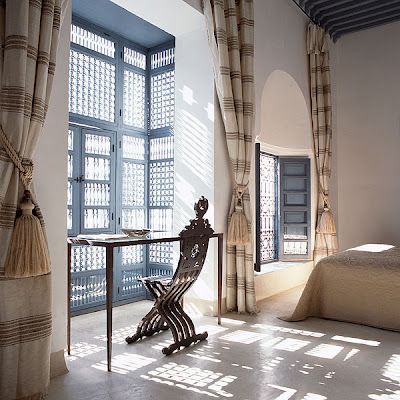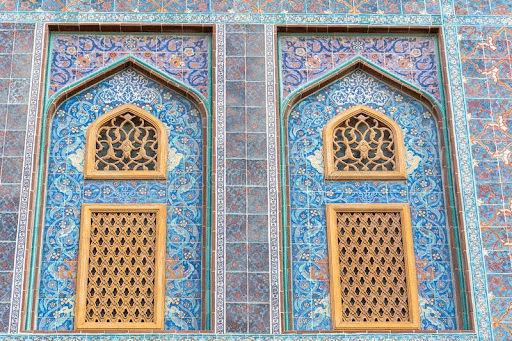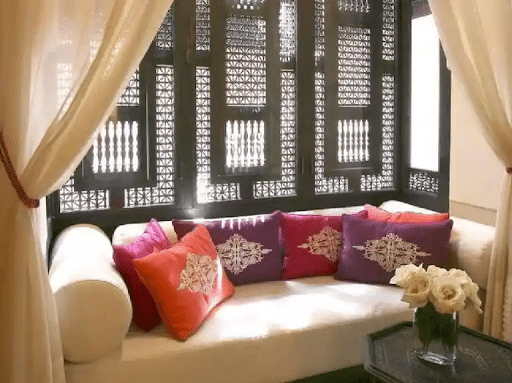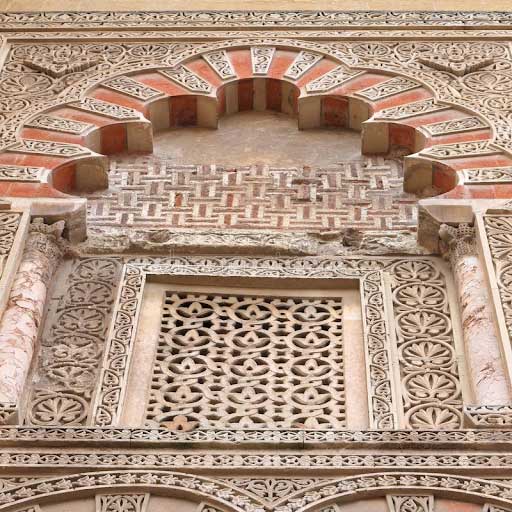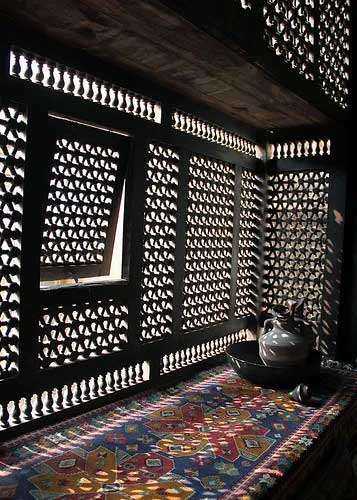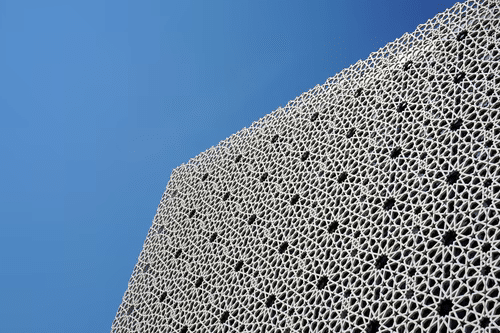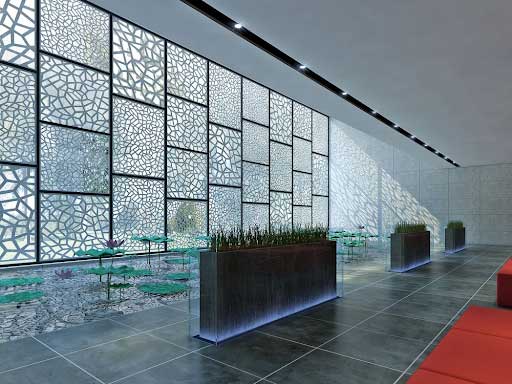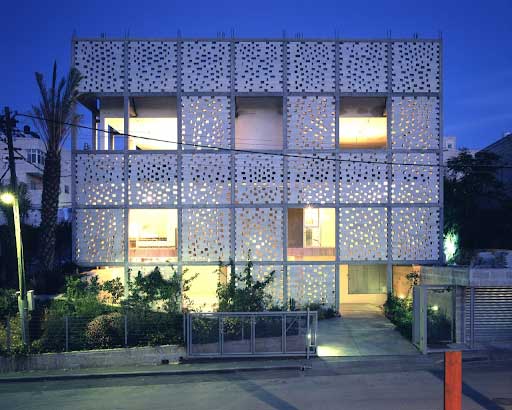Are you tired of the old mashrabiya designs and are looking for creative ones for your project? Here are ten different design ideas to get your creative juices running.
Table of Contents
A mashrabiya is an Arabic decorative, traditional form of window artistically designed with small twisted pieces of material, usually wood and reinforced with glass.
The Arabs designed the panels to keep direct sunlight out, especially during hot weather. Despite their traditional functionality, they add a beautiful aesthetic to buildings.
Mashrabiya panels are traditionally made using wooden materials. However, modern times have seen cheaper and more durable materials such as aluminum are being used.
Benefits and uses of mashrabiya panels.
-
Privacy
The Arabs designed mashrabiya panels to add privacy to buildings. The design allowed residents to have a clear view of the outside without anyone peeping in.
-
Water storage
The Arabs designed Mashrabiyas to store drinking water pots. They were using the windows as a means of ventilation. They helped the water remain cool for a more extended period in the warm climate of Arabia.
-
Ventilation
Mashrabiya became a popular source of ventilation in dense urban areas of Arab because of their presence on upper stories. It helps allow the proper flow of calm desert winds inside the house, keeping it cool.
Different designs for the panels are dependent on the client’s needs, budget, and accurate professional advice from the best metal fabrication company in Dubai. Ten of the best design ideas are dependent on cost efficiency, material durability, versatility, and aesthetics. They include;
1. Glass-reinforced concrete (GRC) Mashrabiya panel
A GRC mashrabiya is a panel designed using glass hardened with concrete. They are usually produced in varying sizes, shapes, and thicknesses and can be single-sided or double-sided.
They are cost-effective and versatile, a perfect combination for modern-minded customers.
2. Traditional wooden mashrabiya panel design
This is the traditional panel mashrabiya design. The architects mainly used three types of wood; pine, beech, and walnut. They would carve the wood and inscriptions to produce magnificent decorations and geometric patterns.
3. Moroccan wooden mashrabiya
This hand-carved Moroccan wooden lattice is traditionally installed as decorative wall panels, window screens, and cabinetry. The intricate open patterns create dramatic shadow patterns for interiors.
4. Facade Mashrabiya panel
Facade Mashrabiya panels typically keep light away. Having a perforated design adds a beautiful aesthetic to buildings. They usually borrow traditional patterns, however unique and modern they are. They hence are a perfect blend of old and new.
5. Mashrabiya with stone latticework
Stone mashrabiya panels make up a big part of Arabic culture. Many mosques incorporate this design in their architecture. This is because the technique uses stone to envelop the wooden panels making them more durable.
6. Interleaved wooden Mashrabiya panel
This is the most widely used mashrabiya design. Most people mistake it because of its inclination to the traditional wooden mashrabiya. Each panel piece is unique as one design differs from the other.
7. Aluminum Mashrabiya
An aluminum mashrabiya is typically made of aluminum. Maintaining the traditional mashrabiya, it incorporates modern designs. Since it is made from readily available material, it is cheaper to install than stone or wooden mashrabiyas.
8. Egyptian Mashrabiya
These mashrabiyas are typically found in Egypt. Though they have a similar design to the Middle East, they are pretty unique. They designate a turned wood technique to produce lattice-like patterns adorn traditional domestic architecture windows.
Mashrabiyas were initially named in Egypt. This places them as the original manufacturers of this unique art piece.
9. Glass mashrabiya designs
Mashrabiyas are typically made of wood. If they are made of glass, they are usually reinforced with another material such as aluminum.
This is a modern design usually installed in mosques. Since it is cheaper than the other designs, its popularity has increased over the past years. The glass is typically stained to improve its aesthetic and make it unique.
10. Contemporary Mashrabiya designs
Because of its defining and practical feature as a design element, mashrabiya in Contemporary Architecture is a new inspiration to designers keen on developing a design that is innovative and sustainable.
Using both glass and aluminum, the primary purpose of this contemporary piece is sustainability. It is a perfect blend of both east and western technology.
Conclusion
Mashrabiya panels have an inherent traditional aesthetic to them. This has made it challenging to innovate; however, modern times have brought a wave of acceptance to contemporary designs.
Customers, therefore, currently prefer cost-effectiveness, versatility, durability, and longevity over sticking to traditional designs. They must look for the best fabrication companies in Dubai to offer the best services with the best materials available.
Frequently Asked Questions
-
Where are mashrabiyas used in the world?
Primarily used in Arabic culture, mashrabiyas were mainly used in houses and palaces, although sometimes in public buildings such as hospitals, inns, schools, and government buildings.
-
What is the size of a mashrabiya?
According to Abdel-Gawad [26], the upper part of the mashrabiya consists of longitudinal wooden boards between 10– 12 cm in width; in the case of large ornamental units, these may reach a width of 20 cm. The lower part has a height between 30–50 cm, while the upper part has a height of 60–80 cm.
